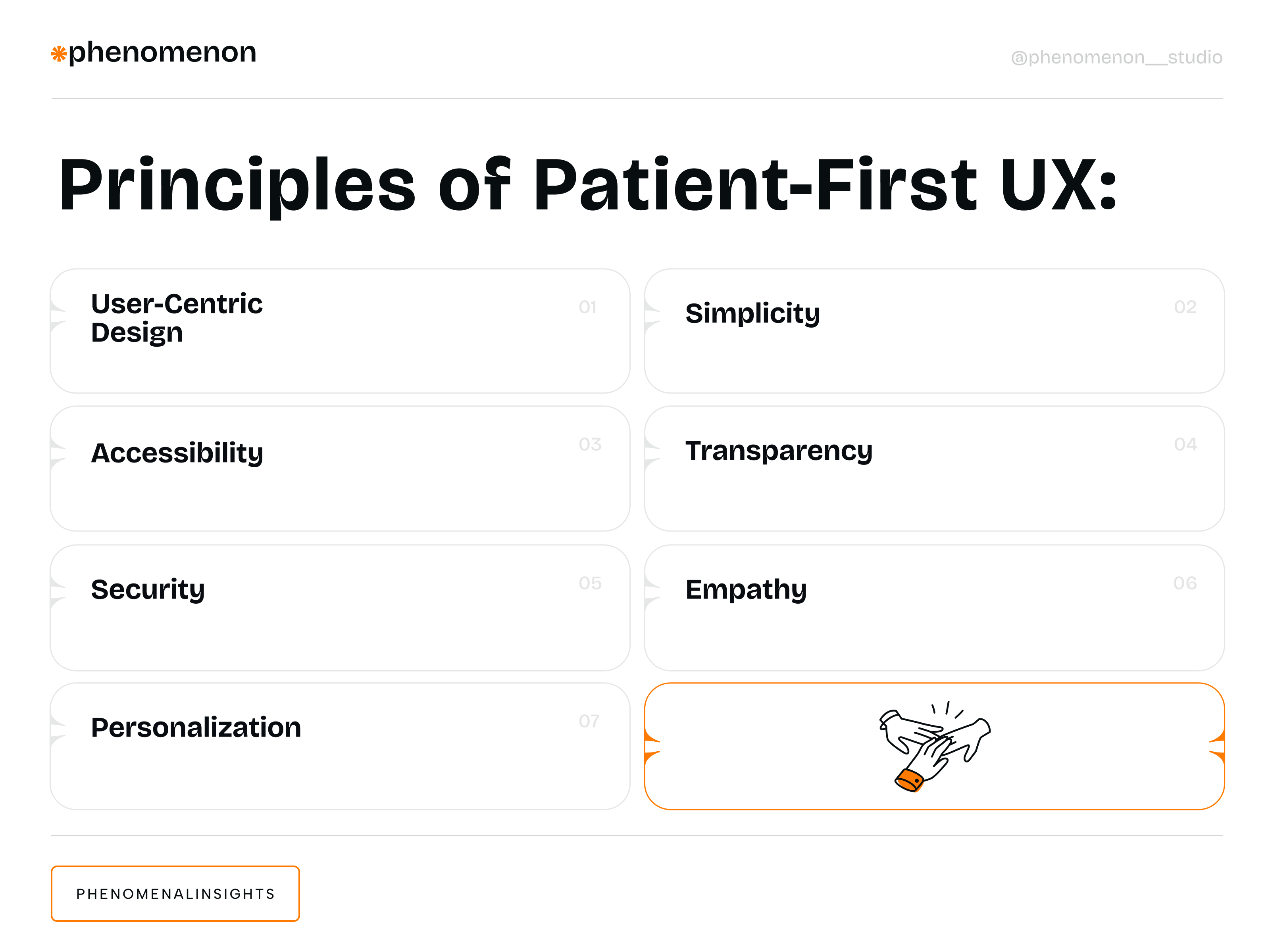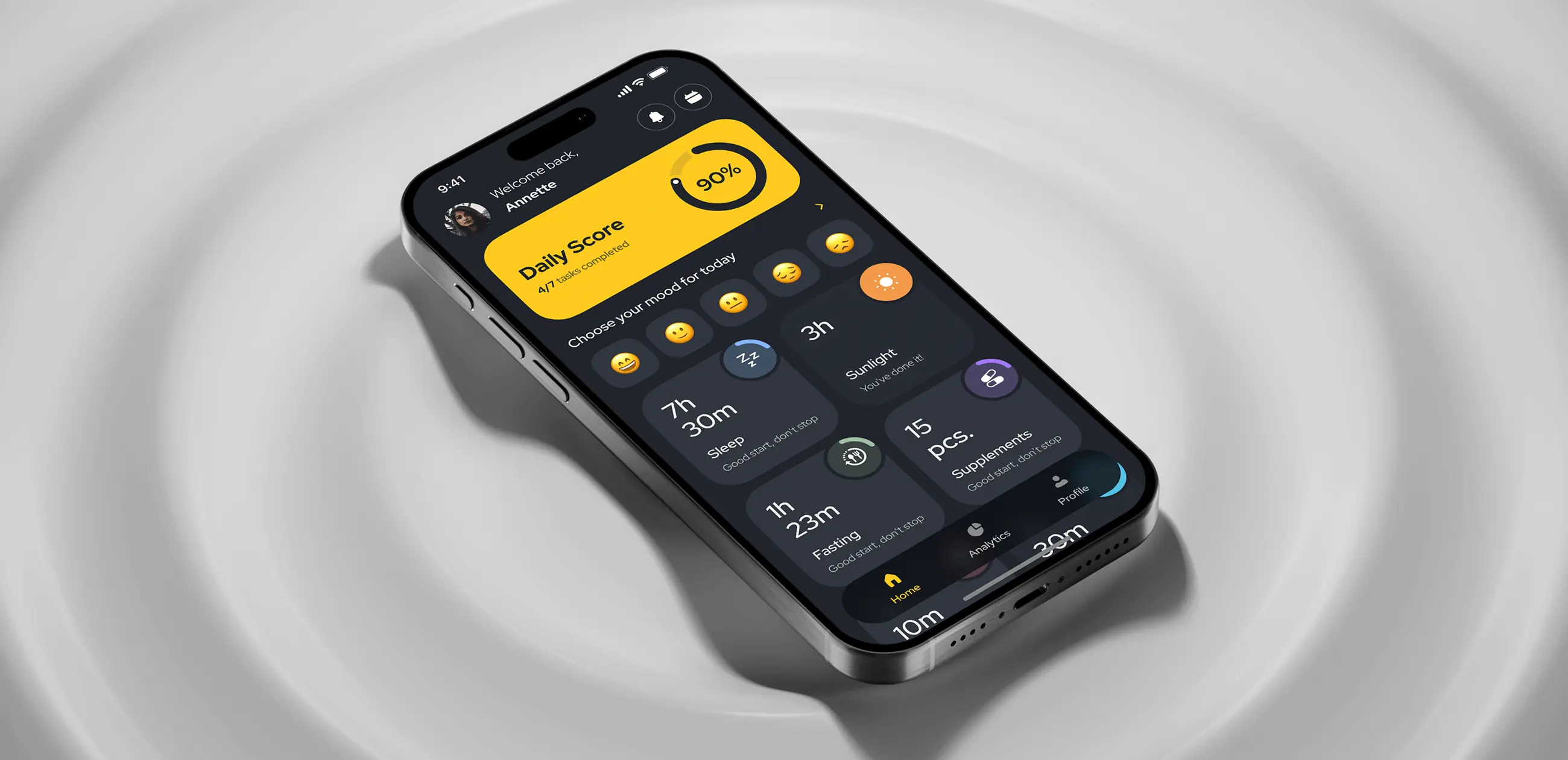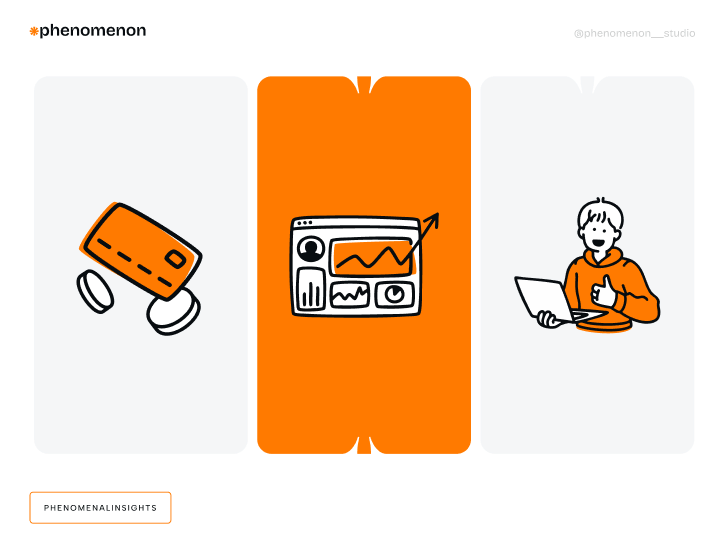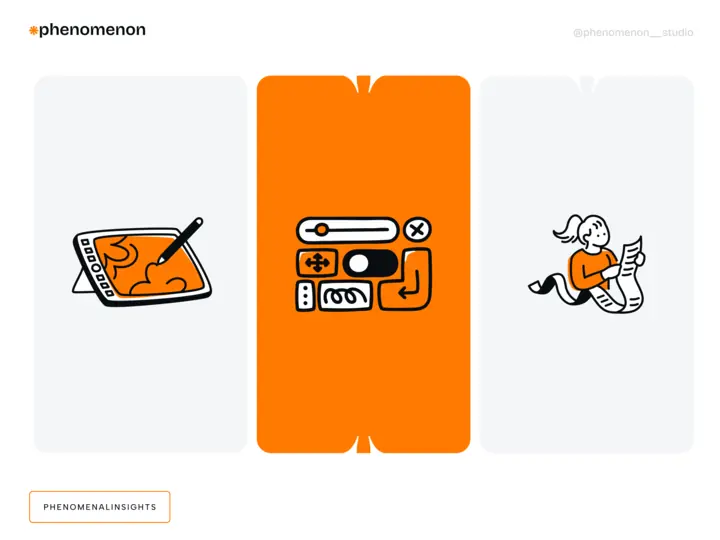Discover how modernizing HealthTech from legacy systems to patient-first UX fosters trust, improves outcomes, and enhances healthcare efficiency.
The healthcare industry is about to change big time with custom healthcare software development. Legacy systems are being replaced by HealthTech solutions that put the patient experience first like never before, but the transition can be cost prohibitive for many organizations. While these old systems had their place, their limitations are now holding us back, creating inefficiencies for providers and frustration for patients.
The move to modern, patient-first UX not only streamlines healthcare but also builds trust and engagement. Trust is the foundation for better health outcomes as patients feel more empowered and connected to their own care. Here’s how HealthTech innovators and healthcare professionals can transition from legacy systems to solutions that match today’s patients.
Introduction to HealthTech
HealthTech is at the forefront of innovative healthcare solutions, leveraging legacy software systems to enhance patient outcomes and reduce operational costs. As a leading healthcare software development company, the company’s expertise in maintaining legacy systems and seamlessly integrating them with new technologies has empowered numerous healthcare organizations to elevate their services.
HealthTech’s approach to human system interaction is centered on designing user interfaces that are intuitive and user-friendly, ensuring a seamless experience for both healthcare professionals and patients. By modernizing legacy systems, HealthTech helps organizations stay ahead of the curve, addressing security vulnerabilities and ensuring compliance with regulatory requirements.
The company’s commitment to software modernization has earned it a reputation as a trusted partner in the healthcare industry. HealthTech provides tailored solutions that meet the unique needs of each client, ensuring that their systems are not only up-to-date but also secure and efficient.
What Are Legacy Systems and Why Are They a Problem?
Legacy systems are old software and technology that still exist in many providers’ operations. These systems might manage EHR, billing or communication but are often outdated, unsupported by vendors and riddled with inefficiencies. This is why many organizations are turning to custom software solutions to create tailored applications that meet their specific needs, offering advantages such as seamless integration, scalability, and enhanced security.
Key Pain Points of Legacy Systems:
- Outdated Technology – Old hardware and software can’t keep up with modern healthcare needs. They slow down workflows and can’t integrate with new tools.
- Security Vulnerabilities – Lack of updates makes legacy systems vulnerable to data breaches and patient information.
- Data Silos – Poor interoperability and lack of data exchange mean patient data isn’t shared effectively between providers, hindering coordinated care.
- User Frustration – Clunky and unintuitive interfaces waste time for providers and frustrate patients. Poor information architecture in these systems often leads to clunky and unintuitive interfaces, wasting time for providers and frustrating patients.
- High Maintenance Costs – Repairs and specialized maintenance drive up operating expenses for these old systems.
While financial investment and operational changes are reasons many organizations hesitate to modernize, the longer legacy systems persist the greater the risk to patient safety, data security and trust.
Patient-First UX in HealthTech: What It Means and Why It Matters
Custom healthcare software solutions put the patient at the center of HealthTech design, creating tools that add significant value to their healthcare experience. It’s not just about pretty interfaces; it’s about creating tools that are intuitive, accessible and supportive of a patient’s full healthcare journey.
Principles of Patient-First UX:
- User-Centric Design – Includes patient needs and pain points through research and testing. Ensuring that the functionality of the system meets patient needs and monitoring the system’s performance is crucial for effective user-centric design.
- Simplicity – Interfaces are clear, uncluttered and easy to use.
- Accessibility – Compatible with diverse needs, screen readers and adjustable text sizes.
- Transparency – Explains data usage, costs and processes.
- Security – Protects patient data with robust encryption and compliance measures.
- Empathy – Considers the emotional state of patients using the system.
- Personalization – Tailored experiences and recommendations make patients feel understood.

Why It Matters for Patient Trust:
- Confident Navigation: Patients trust systems that are easy to use, reduce anxiety and frustration.
- Data Security: Transparent and secure management of sensitive information reassures patients.
- Personal Attention: Tailored experiences show care, strengthens loyalty and engagement.
A good UX can have big impact on health outcomes. Patients who trust and understand the tools at their disposal are more likely to adhere to treatment plans, schedule follow-ups and access preventive care.
Enhancing UX Skills in HealthTech
HealthTech understands the critical role of user experience (UX) in healthcare and has invested significantly in enhancing its UX skills. The company’s team of experts conducts rigorous usability tests to ensure that its solutions meet the highest standards of usability, accessibility, and overall user experience.
By defining user experience as a cornerstone of its solutions, HealthTech has established itself as a leader in the healthcare industry. The company focuses on creating trust assets, such as intuitive interfaces and seamless navigation, to facilitate a positive experience for users.
HealthTech’s commitment to UX has enabled it to develop interactive systems that are not only functional but also enjoyable to use. This focus on user engagement has resulted in improved health outcomes and increased satisfaction among patients and healthcare professionals alike.
One example of HealthTech’s user-focused approach is the Zest app, where UX design was central to every decision. We simplified complex medical data by turning biological age into a clear visual format and created personalized health plans based on individual user data. An interactive progress tracker helps users see their improvements and stay motivated. This UX-driven approach allowed Zest to combine scientific accuracy with an intuitive and engaging experience.

Challenges of Moving to Better Systems
For organizations still using legacy technology, the creation of modern systems can seem daunting. But the benefits far outweigh the growing risks of sticking with old tools.
Here’s what’s in the way and how to get over it:
1. Cost
Upgrading systems requires a big investment. But think of this as an investment. Modern tools lower long term maintenance costs, reduce inefficiencies and mitigate the cost of data breaches.
2. Resistance to Change
Staff used to legacy systems may resist the move to new technology. Developers often face difficulties in changing legacy code due to its outdated nature and lack of tests, which can increase the complexity of maintaining and updating these codebases. Offer thorough training and demonstrate the benefits of streamlined workflows and they’ll come around.
3. Interoperability
Moving from legacy applications to modern platforms requires careful planning to ensure a smooth transition. A phased approach can minimize downtime and build interoperability gradually.
4. Data Migration Risks
Organizations worry about losing or corrupting data during migration. Partner with experienced HealthTech providers and you can ensure a secure and efficient transfer.
5. Operational Disruption
Healthcare can’t stop for system upgrades. A well-planned rollout with minimal downtime and strong support keeps operations running during the transition.
With the right planning and HealthTech partners these challenges can be overcome and you’ll be on your way to better patient outcomes and experiences.
Benefits of Modernizing HealthTech Systems
Modernizing HealthTech systems offers a multitude of benefits, including improved efficiency, reduced costs, and enhanced patient care. Healthcare software solutions play a crucial role in achieving these benefits by providing various options that enhance operations and patient care within the healthcare industry. By leveraging newer systems and technologies, healthcare organizations can gain a competitive advantage in the market, staying ahead of the competition.
Modernization also helps address budgetary constraints, enabling organizations to allocate resources more effectively and make informed decisions about investments in new software and technologies. The process involves a thorough analysis of the entire process, from system design to implementation, ensuring that the new system meets the organization’s needs and aligns with its goals.
HealthTech’s expertise in system modernization has enabled numerous organizations to reap the benefits of modernization. The result is improved patient outcomes, increased efficiency, and significant cost savings.
Moving from legacy systems to modern HealthTech solutions isn’t just about keeping up with technology. It’s about delivering better care and building stronger relationships with patients. Here are the benefits:

1. Simplified Processes
Modern platforms automate administrative tasks, saving time for both providers and patients.
Examples of simplified processes include automated appointment scheduling and streamlined billing systems.
2. Better Data Security
Current systems have advanced encryption and regular updates, making them safer for patient data and reducing the risk of security breaches.
3. Seamless Interoperability
Data sharing between providers across specialties is more efficient with modern computer systems.
4. Patients in Control
User-friendly portals, health records, and communication tools created to empower patients to manage their care.
5. Better Health Outcomes
Patients using simplified healthcare tools that align with their values are more likely to follow treatment plans and preventive care.
6. Cost Savings
Although these systems require an upfront investment, streamlined workflows and reduced maintenance save organizations money in the long run while providing better service.
Sustainable Hospital Management and Regulatory Compliance
HealthTech is committed to sustainable hospital management, recognizing the importance of creating a positive impact on the environment and the community. Healthcare systems play a crucial role in achieving sustainable hospital management by driving innovation, ensuring data integrity, and managing patient information efficiently. The company’s approach to hospital management focuses on providing high-quality care while minimizing waste and reducing costs.
By leveraging legacy technologies and integrating them with new systems, HealthTech enables hospitals to reduce their environmental footprint while improving patient outcomes. This focus on sustainability is driven by a desire to create a better future for generations to come and to make a positive contribution to the healthcare industry.
HealthTech’s commitment to sustainability has earned it recognition as a leader in the healthcare industry. Its solutions are highly regarded by healthcare professionals and organizations worldwide for their ability to balance quality care with environmental responsibility.
HealthTech and Community
HealthTech is dedicated to making a positive impact on the community, recognizing the importance of social responsibility in the healthcare industry. Medical institutions play a crucial role in community engagement by leveraging advancements in technology to enhance patient care and operational efficiency. The company’s approach to community engagement centers around creating trust and building relationships with local organizations and stakeholders.
By providing charitable services and supporting local initiatives, HealthTech demonstrates its commitment to giving back to the community and making a positive difference in people’s lives. This focus on community is driven by a desire to create a better future for everyone and to make a lasting impact on the healthcare industry.
HealthTech’s commitment to community has earned it a reputation as a responsible and caring organization. Its solutions are highly regarded by healthcare professionals and organizations worldwide, reflecting the company’s dedication to social responsibility and community engagement.
Electronic Health Record (EHR) Systems
Electronic Health Record (EHR) systems are the digital backbone of modern healthcare, transforming the way patient information is stored, accessed, and utilized. These systems are comprehensive digital versions of a patient’s paper chart, encompassing their medical history, diagnoses, medications, treatment plans, and other critical data.
EHR systems are designed to enhance the quality and efficiency of patient care by providing healthcare professionals with accurate, up-to-date information at their fingertips. This real-time access to patient data enables healthcare providers to make informed decisions, coordinate care more effectively, and ultimately improve patient outcomes.
One of the standout features of EHR systems is their ability to be customized to meet the specific needs of healthcare providers. Whether it’s integrating medical devices, incorporating laboratory results, or managing clinical data, EHR systems can be tailored to support a wide range of healthcare services. This includes telemedicine, remote patient monitoring, and chronic disease management, all of which are becoming increasingly important in today’s healthcare landscape.
However, the implementation of EHR systems is not without its challenges. It requires careful planning and consideration of various factors, including data security, system performance, and user training. Ensuring that patient data is secure and that the system performs reliably is paramount. Additionally, healthcare professionals need to be adequately trained to use the new system effectively.
Despite these challenges, the benefits of EHR systems are undeniable. They help reduce medical errors, streamline medical billing, and enhance the overall quality of care. By providing a centralized, easily accessible repository of patient information, EHR systems empower healthcare providers to deliver more coordinated and efficient care, ultimately leading to better patient outcomes.
A Future of Trust, Today
The digital transformation of healthcare is more than an upgrade. It’s a promise to patients that their care comes first. Emerging technologies have the potential to revolutionize healthcare by improving delivery and integration within evolving standards. By phasing out legacy systems for patient-first UX HealthTech, healthcare organizations can deliver more efficient, trustworthy and personalized care.
Healthcare leaders and companies, it’s time to bridge the gap between technology and trust. Whether you need to replace legacy systems or design patient-first solutions from scratch, we can help.
Get in touch to bring your healthcare into the future.













